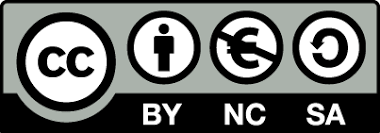Abstract
Background Since cost of providing care at each level greatly differs, the implementation of universal coverage for all Thais by new allocation method is a key to smoothing the transition. This research aimed to find better way of monitoring cost, to identify providers facing financial hardship during the pilot phase in order to suggest appropriate policy of subsidizing providers.Methods 1. Study cost by questionnaire survey to all providers in 21 provinces Fiscal years 1999-2001 by quick method, 2. Study costs of service and education of teaching hospital by reviewing budget documents from 1992-2001, 3. Fit a formula for subsidizing inpatient services by data from individual inpatient data and yearly report of community, general and regional hospitals in 21 provinces, 4. Action research changing the accounting report from cash to accrual basis in 2 hospitals.Results Response rate was low from 3-60% by type of hospital. Cost per outpatient visit at community hospital was 100-200 baht, and cost per inpatient admission was 2,000-6,000 baht. Cost per outpatient visit for general hospital was 200-400 baht and for inpatient was 3,000-7,000 baht. Cost per outpatient at regional hospital was 300-500 baht and for inpatient was 5,000-8,000 baht. Cost per outpatient for teaching hospital was 800-900 baht and for inpatient was 17,000-18,000 baht. Huge difference in cost was a major financial risk for providers. When fitting the model for subsidizing hospital according to efficiency, quality and equity factors, it revealed that using ranking approach could contribute only 2-4% of the total subsidy while using the real value of each factor could contribute much higher to 51-75% of the total subsidy. Action research of accrual accounting system found that there was a lack of adequate number of personnel in finance department as well as a lack of capacity in carrying out this new task. A good system to validate the data for both account receivable and account payable was urgently needed.Conclusions This study confirmed wide differences of costs between each level of health services, however reliability of data was a problem. The subsidization formula to reduce financial risk was tested to include factors on efficiency, quality and equity of each level of health service. The accrual accounting system required an urgent capacity building and adequate number of competent personnel. The system to validate revenue and spending data was used needed urgently.


